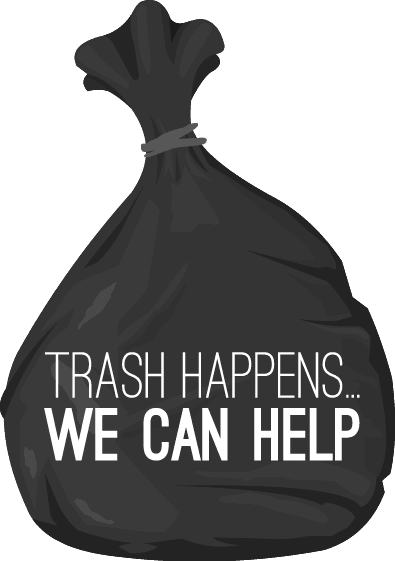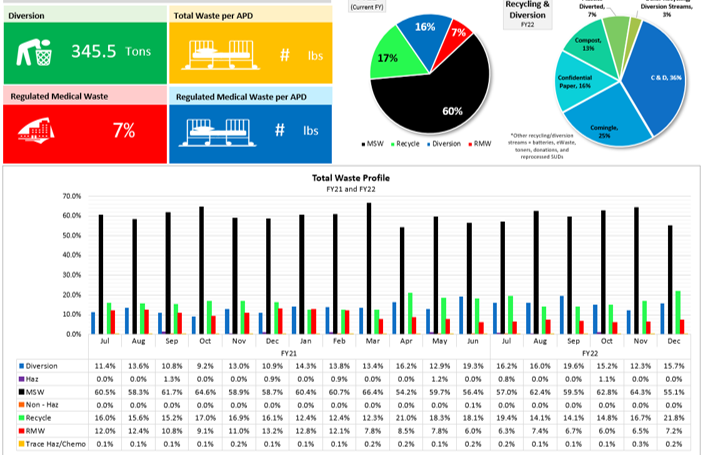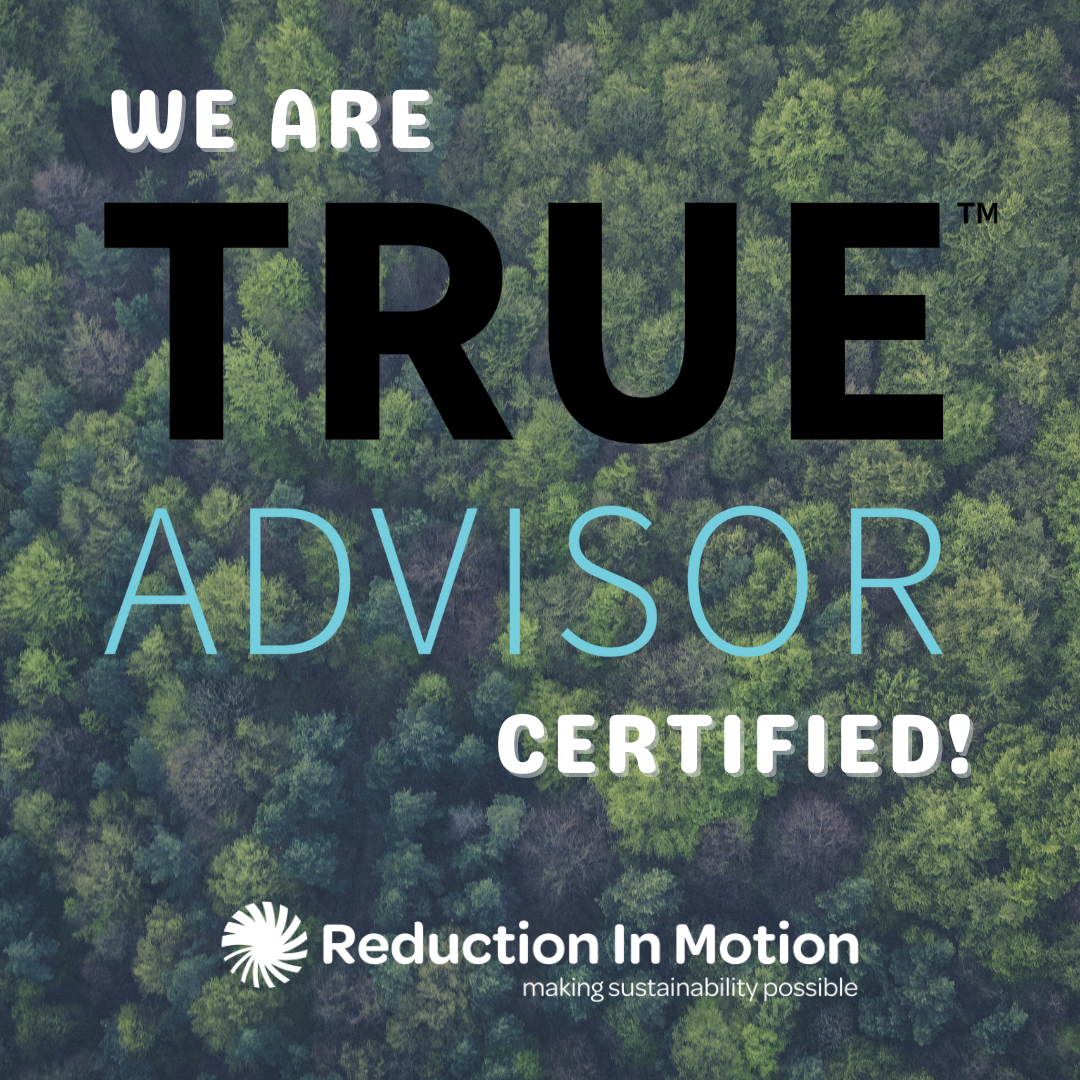Waste Management Planning, A Fact of Business Life

You Manage the Inflow and Outflow of Financial Assets; This Isn’t That Different
Every facility is going to produce trash. Whether it’s a small business, a large facility (like a hospital or campus), or a huge sports stadium, managing a facility’s waste stream is just a fact of life. Basically, a proportion of what comes into your facility is going to go out of it as trash.
The best way to manage this inflow-outflow process is by developing a workable, professional waste management plan. Unfortunately, this process — one that happens every day, in every facility, everywhere — is often is not considered as carefully as it should be. This results in higher operating expenses and a heavier environmental footprint for the entity that is operating the facility.
Having an efficient and cost-effective waste management plan should be an integral part of every organization’s core operations. Just like no business should operate without well-tuned, efficient, and thoroughly vetted accounts payable and payroll systems — processes designed with specific goals in mind that are regularly examined for errors and inefficiencies — any sizable facility should have a well-designed waste management system in place.
Like managing the inflow and outflow of funds, managing the inflow and outflow of materials is a basic requirement of doing business in the contemporary world. The way to do that is with a viable waste management plan.
Why? The Bottom Line, Among Other Things
The clearest bottom-line reason for developing a professional waste management plan is this simple fact: getting rid of waste is not going to get cheaper. It’ll either be an ever-rising line item in your budget — which will impact the bottom line — or mitigation strategies will be enacted that will limit this expense. There’s really no way around this.

Forty years ago landfills were, well, dumps. That’s what they were called and that’s what they were. They were simply big holes in the ground that everything — organic materials, potentially recyclable materials, poisonous materials — was dumped into and then ignored. Out of sight, out of mind.
The problem, of course, is that under the pressure of gravity and organic decay, dumps became home to huge toxic stews. This toxic stew — it has a name, leachate — settled at the bottom of the dump until the surrounding soil and groundwater became contaminated. Still out of sight, but not so out of mind now.
Leachate also produces methane, a greenhouse gas that is 20 times more impactful to the atmosphere than carbon dioxide. Some of the weather changes occurring now are the in part the direct result of dumps bleeding off methane for decades and decades all around the world.
In 1976, the Resource Conservation and Recovery Act (RCRA) came into law in the United States. It created federal requirements for how dumps had to operate and be constructed. With it, dumps began their journey towards becoming landfills.
The RCRA included a requirement that liners and drainage-control systems be an integral part of all large-scale waste disposal repositories. This was to prevent the, well, leaching of leachate into the surrounding environment. Methane also had to be captured through elaborate piping systems so that it could be burnt off and thereby lessen its impact on the atmosphere (and today many landfills actually turn this methane byproduct into electricity or natural gas).
Needless to say, sophisticated landfills are more expensive to build and maintain than dumps were. Which is one of the principle reasons why waste disposal costs aren’t ever going to go down. Real estate to house landfills is ever harder to find and the startup costs are significant.
The other principal reason that the price of waste management isn’t going to go down is that, since landfills are more complex facilities than the local dump used to be, there are fewer of them. Which means garbage has to be trucked further distances in order to be deposited into the ground safely. So, transportation costs aren’t going down either.
And moving beyond the bottom-line cost issues, the fact is being a good corporate citizen should include environmental considerations. Sustainability is a challenge facing the modern world, from soil erosion to water shortages to atmospheric warming. Operating with a lighter environmental footprint is good policy and one that is getting more and more attention from consumers.
What we do is sustainability consulting. Among other things, we help you cut down on the amount of waste you’re paying to dispose of. Let’s chat!
Or give us a call at: (410) 877-1593
What Is a Waste Management Plan?
There’s only one way to step more lightly when it comes to waste disposal at a facility of any size, and that is to develop and implement a professional waste mitigation plan. This plan will adopt industry best standards to the unique operations of the specific facility that requires the plan.
A management plan will be a long-term, systematic guide for safely handling, reducing, and disposing of waste products of various kinds (which are commonly divided into “streams,” such as organic, hazardous, recyclable, etc.). Plans are written in such a way that both management and labor can base decisions and operations on them, while also being suitable for sharing with contractors so they can integrate their activities with the overall requirements of their client.
The development of a waste management plan will initially record and categorize the current system — whether that’s a systematic approach already in place or an ad hoc “this is just how we do it” scenario — and then create a step-by-step plan to increase efficiencies and reduce costs. A good waste management plan will not leave anything up to chance.
A plan will do things like create lines of authority and responsibility within the organization, establish short- and long-term goals for reducing waste, concentrate on diverting recyclable material (both organic and reusable) into their own waste streams, find the best final destination for those waste streams, source out the best transportation to those destinations, establish a tracking mechanism for detailed record keeping of the waste management system, and establish a training process so that employees can succeed in implementing the plan.
Like a financial audit, the initial development of a waste management plan will oftentimes entail bringing in an outside professional for a good, hard look at current practices. Then, precise recommendations based on industry best practices will be formulated.
It is important at the outset that assumptions are not made and that an honest, assertive examination of current practices be carried out. As this process unfolds, a leaner and more efficient system will be put into place that will result in the long-term reduction of the most expensive type of waste to dispose of (the kind that goes to those sophisticated landfills) and an enduring reduction in the operating budget of your facility.
How to Go About Creating a Waste Management Plan
The process of developing an effective waste management plan involves taking a methodical approach, especially during the data-gathering part of the process. Like a financial audit, it involves a slow examination of operations (inflow-outflow) and poring over the data.
Depending on the size of the operation, creating a viable waste management plan often entails hiring an outside sustainability consultant that specializes in the waste management sector.
A professional waste mitigation consultant will have knowledge of best practices, industry trends, connections within the industry, and — perhaps most importantly — a wealth of experience in observing and then designing waste management plans for a number of facilities and companies. They will have seen systems that work over the long haul and systems that break down under the pressure of day-to-day operations.
Like an outside certified public accounting firm that is brought in to audit a company’s bookkeeping system, a sustainability consultant will provide specific professional knowledge when examining current operations.
Regardless of whether the waste management plan is being handled in-house or by an outside consultant, it is important that key players come together in order to give purpose to the effort of outlining both short- and long-term goals for waste mitigation efforts. A process will need to be followed that results in a specific course of action being agreed upon and a well-developed plan put into place that will result in a sustainable, long-term waste management system. A structure that will result in a reduced waste stream and lower costs for the organization as a whole, savings that will roll over on an annual basis from year to year.
We help you cut down on the amount of waste you’re paying to dispose of. Let’s chat today!
Or give us a call at: (410) 877-1593
The first step is assessing the current situation and creating a solid statistical baseline on which to not only make decisions but also to judge results moving into the future. It’s like an auditor “combing through your books,” only with “a picking through your trash” aspect to it.
Next comes the actual planning process, when recommendations are developed and integrated into the plan as it evolves. The result of this will be the “playbook,” the actual blueprint for carrying out long-term waste mitigation. Meetings … there will be meetings during this phase.
After a plan is developed, the workforce that will be expected to carry out the plan will receive training, including being asked to provide input on any modifications they feel need to be made to the plan. It’s important that the people that will be doing the actual work of implementing the plan — some of it dirty work indeed — are onboard with the plan.
When everyone is ready, the plan is rolled out during the deployment phase. This begins slowly so that operations are not overwhelmed by too much change all at once. Outside consultants are usually onsite to help manage the transition. This is the “working out the bugs” phase.
Once the waste management plan is up and running, it will need to be monitored to ensure benchmarks are being met and things are running smoothly. Data will be collected on which to make performance assessments and future decisions. It’s not enough to just say, “Hey, we’re up and running and our work is done.” Like with a financial recordkeeping system, spot checks are part of the process.
Finally, if the monitoring phase results in the realization that benchmarks are not being met, problem areas will be identified and rectified during the evaluation phase. Like taking a vehicle into the mechanic for regular tune-ups — which today means the mechanic plugs a computer into it and collects the data that has been gathered since the last tune-up — the ongoing evaluation phase ensures problems haven’t developed that have gone unnoticed.
Back To Why
Today, a waste management plan is not some pie-in-the-sky idea out of left field. It’s a hard-nosed requirement of any business or non-profit with significant facility management responsibilities.
The cost of waste disposal is not going to go down. The only thing that will go down is the amount of waste — especially the most expensive kind that is destined for a landfill — that is being disposing of. Without a serious waste management plan, you’ll be very unlikely to do cut down on the amount of refuse that will need disposing of. Thorough planning is the only way to go.
What we do is sustainability consulting. Among other things, we help you cut down on the amount of waste you’re paying to dispose of. Let’s chat!
Or give us a call at: (410) 877-1593

Our team of sustainability and waste consultants work together to develop content for our site. Contact us to learn more about something we’ve written about or would like us to focus on in the future.

